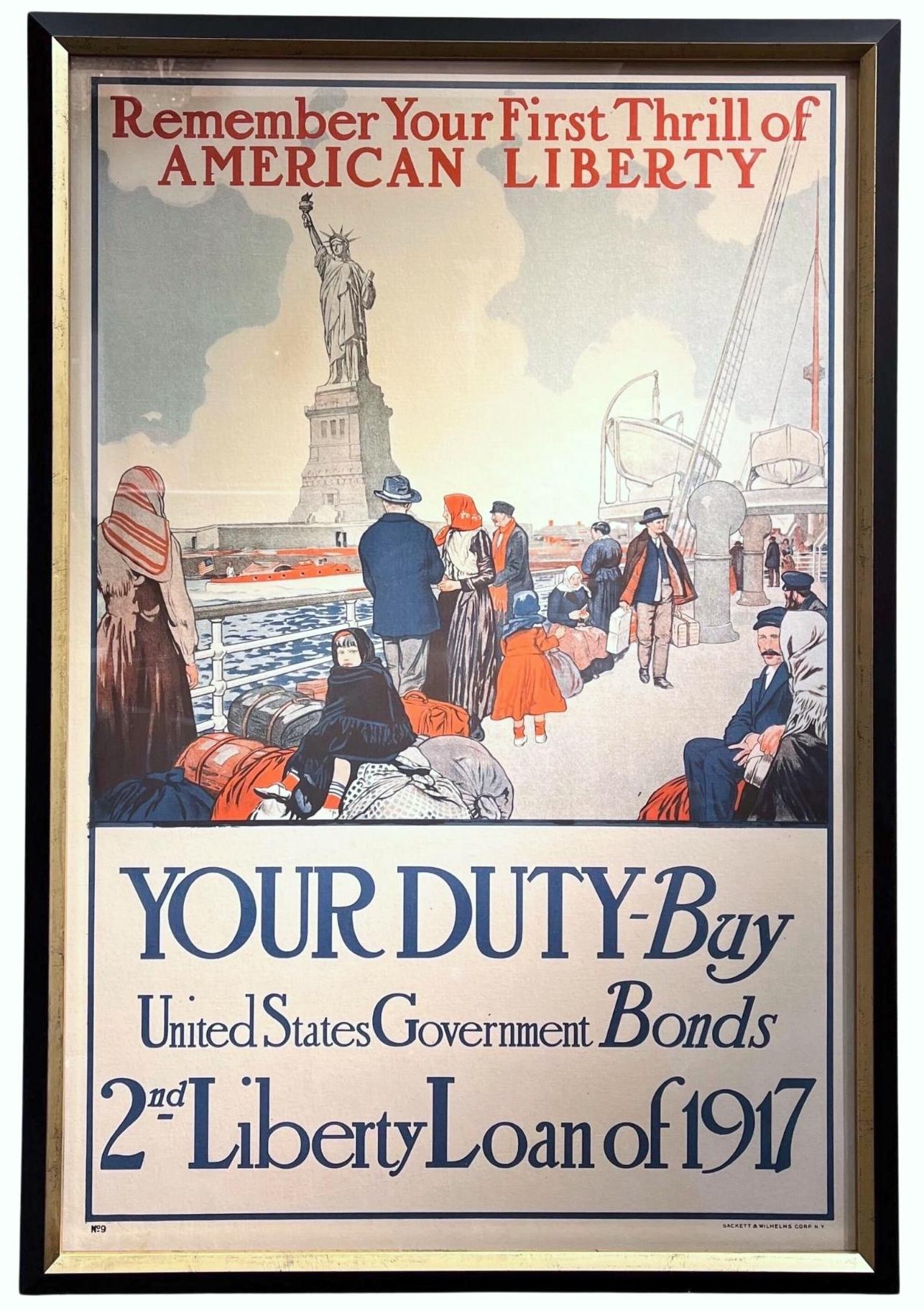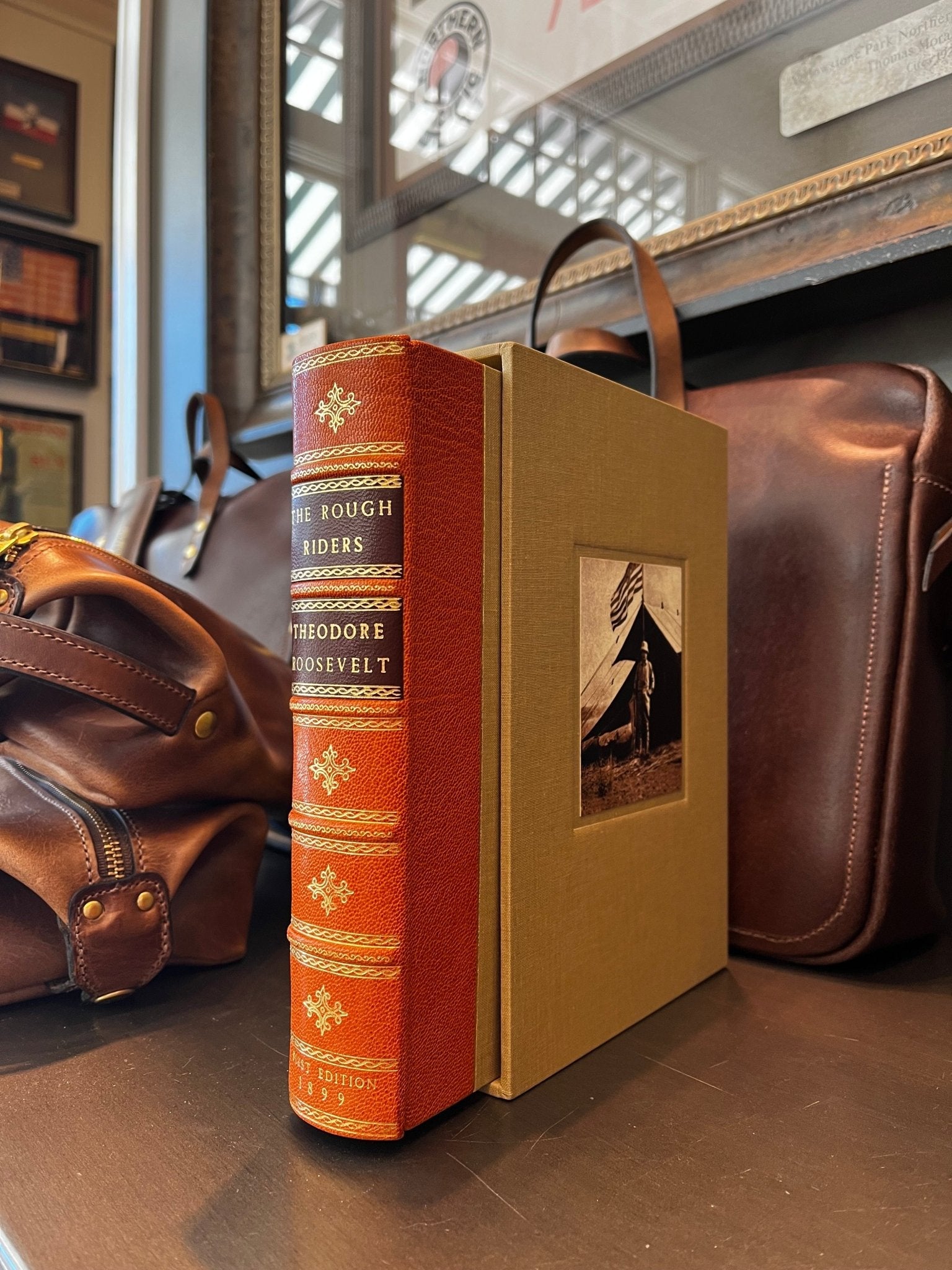The American Red Cross War Effort
The outbreak of World War I affected millions of troops and civilians in the United States and overseas. The American Red Cross, championed by President Woodrow Wilson, contributed in a major way during the war to not only aid the wounded, but aid troops actively in battle, families in distress, and veterans. Within the first few weeks of the war, the Red Cross dispatched the SS Red Cross, also known as The Mercy Ship, which brought surgeons and nurses, surgical equipment, and hospital supplies to seven warring European nations. 170 surgeons and nurses were aboard the ship, ready to combat casualties on both sides, with an emphasis on the idea of neutrality and impartiality.
When the United States officially entered the war in April of 1917, the organization began a period of remarkable growth. Wilson called upon the American people to back the organization in its support of thousands of young men heading to the battlefields of Europe. Bankers and businessmen volunteered to help build up the organization and expand its services, so much so that the needs for local establishments grew faster than infrastructures could be built.
Many different War posters were created in an effort to help fund the Red Cross, like our examples below, "At the Service of Mankind" Vintage WWI Red Cross Poster by Lawrence Wilbur, 1917. and "American Red Cross. Chartered by Congress" Vintage WWI Red Cross Poster by Franklin Booth, 1918. Posters such as these were successful in spreading the word about how people could help. To encourage membership, the American Red Cross enlisted the pro-bono services of several well-known artists and produced a series of posters for the Roll Call. With an annual fee of one dollar, the first Christmas Roll Call boosted membership significantly and raised millions for the organization. At the start of the war there were only about 10,000 Red Cross members, but by 1918 this number jumped into the millions, with over 20 million adults and 11 million youth becoming members. By the end of the war, about a third of the United States population was either a donor or a volunteer of the American Red Cross.


The Red Cross developed multiple different services during the War, which included home, camp, canteen, nursing, hospital, and motor services along with a production corps and hospital & recreation corps.
- Home Services aided families in communication between troops and families along with financial aid information and guidance. About 50,000 volunteers in 3,620 chapters served 10,000 communities and helped 500,000 families.
- Camp Services aided military personnel in clothing, comfort items, recreational services (such as movies and refreshments), communication devices, and financial aid. They operated in 400 military camps and hospitals in the United States alone, and operated in 25 counties overseas.
- Canteen Services aided troops at railroad stations, providing them with food, snacks, and leisurely items. 55,000 canteen workers operated in 700 canteens throughout the United States, serving nearly 40 million refreshments. They also operated 130 canteens in France, serving almost 15 million U.S. and Allied soldiers.
- Nursing Services provided trained Nurses for the U.S. Army and Navy. 23,822 nurses were enrolled, 19,931 of which were assigned to active duty.
- Hospital Services aided troops in recovery. Nurse's aides, physicians, and dietitians were put in military and veteran hospitals to aid in their recovery, along with trained medical and psychiatric social workers to help veterans adjust themselves back into civilian life.
- Motor Services aided in transportation to canteens, military hospitals, and camps. This service consisted of over 12,000 volunteers, mostly women who used their own cars, with a total of more that 3.5 million miles traveled across the U.S.
- Production Corps aided American and Allied soldiers by providing them with garments, surgical dressings, comfort kits, and other medical supplies. These volunteers produced over 372 million relief articles.
- Hospital and Recreation Corps aided war veterans in hospitals. The Walter Reed Army Hospital in Washington, D.C. was the first of many, where women volunteers provided recreational services to war veterans. These women wore grey dresses and veils, and soon became known as "the gray ladies", which became an official term for them after World War II. (Red Cross)

France received a lot of aid from the United States, specifically with the Red Cross. The country made up a large portion of the Western Front and saw some of the longest and bloodiest battles. Consequently, much of the general aid meant for soldiers went into France. Likewise, American soldiers serving in the war also received aid from the various Red Cross efforts. This French poster, Croix Rouge Américaine Vintage French Red Cross WWI Poster, Circa 1918 is dedicated to the friendship between the French and the American Red Crosses.

The corps continued into World War II, recruiting women around the U.S. to help the war and Red Cross organization. Thanks to enrollment efforts like this "Volunteer for the Red Cross Motor Corps" Vintage WWII Recruitment Poster, over 45,000 US women served in the corps.
The American Red Cross staff and volunteers also built hospitals, health clinics and dispensaries, and organized public health campaigns against diseases like typhus and tuberculosis. They took steps to reform sanitation in many countries and introduced nursing schools in several major cities. The Red Cross’ efforts for Europe went well beyond immediate material relief to include long-term, comprehensive social welfare projects. By the war’s end, the Red Cross had become a major humanitarian organization.
Resources: World War I and the American Red Cross. https://www.redcross.org/content/dam/redcross/National/history-wwi.pdf. Accessed 14 July 2022.






